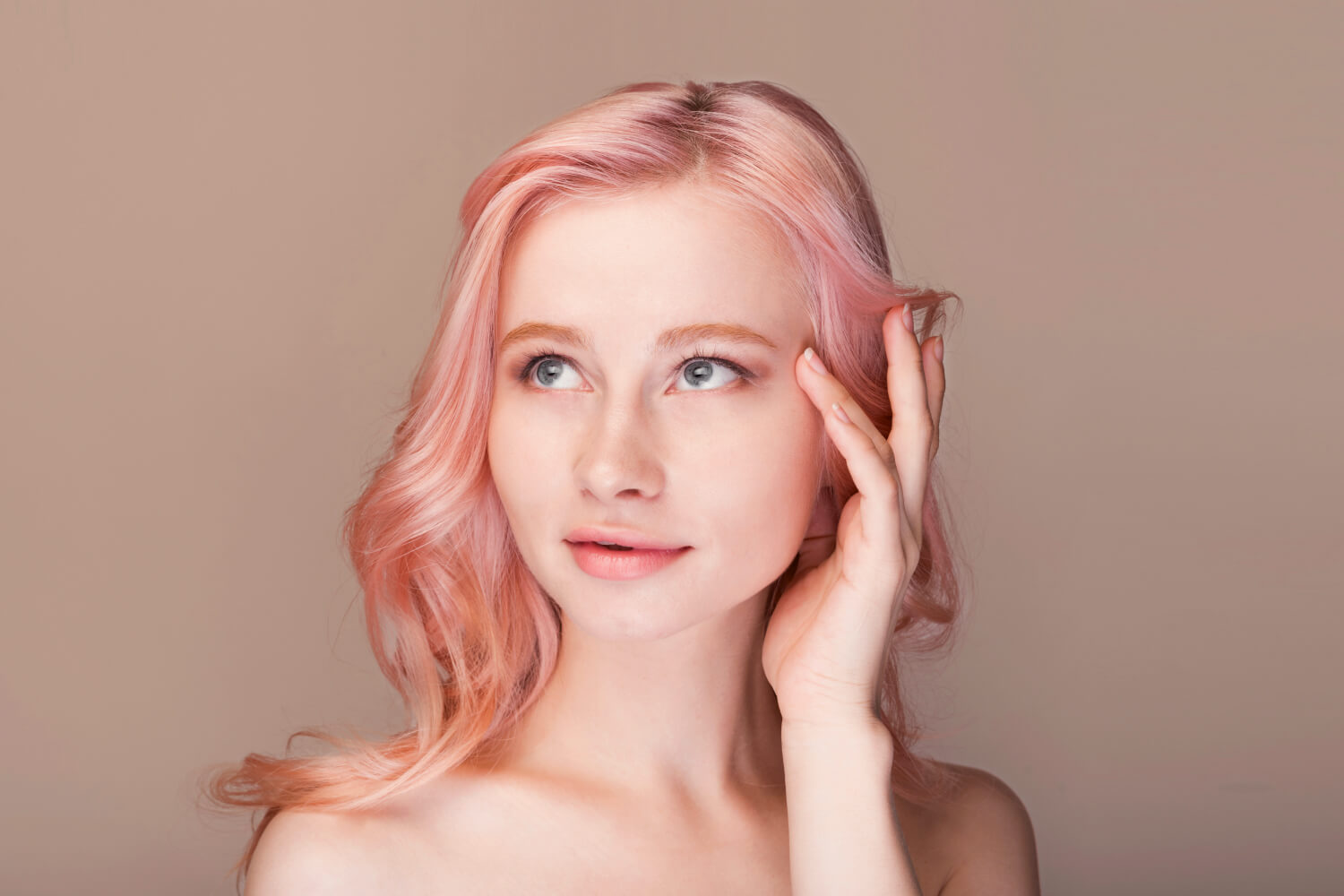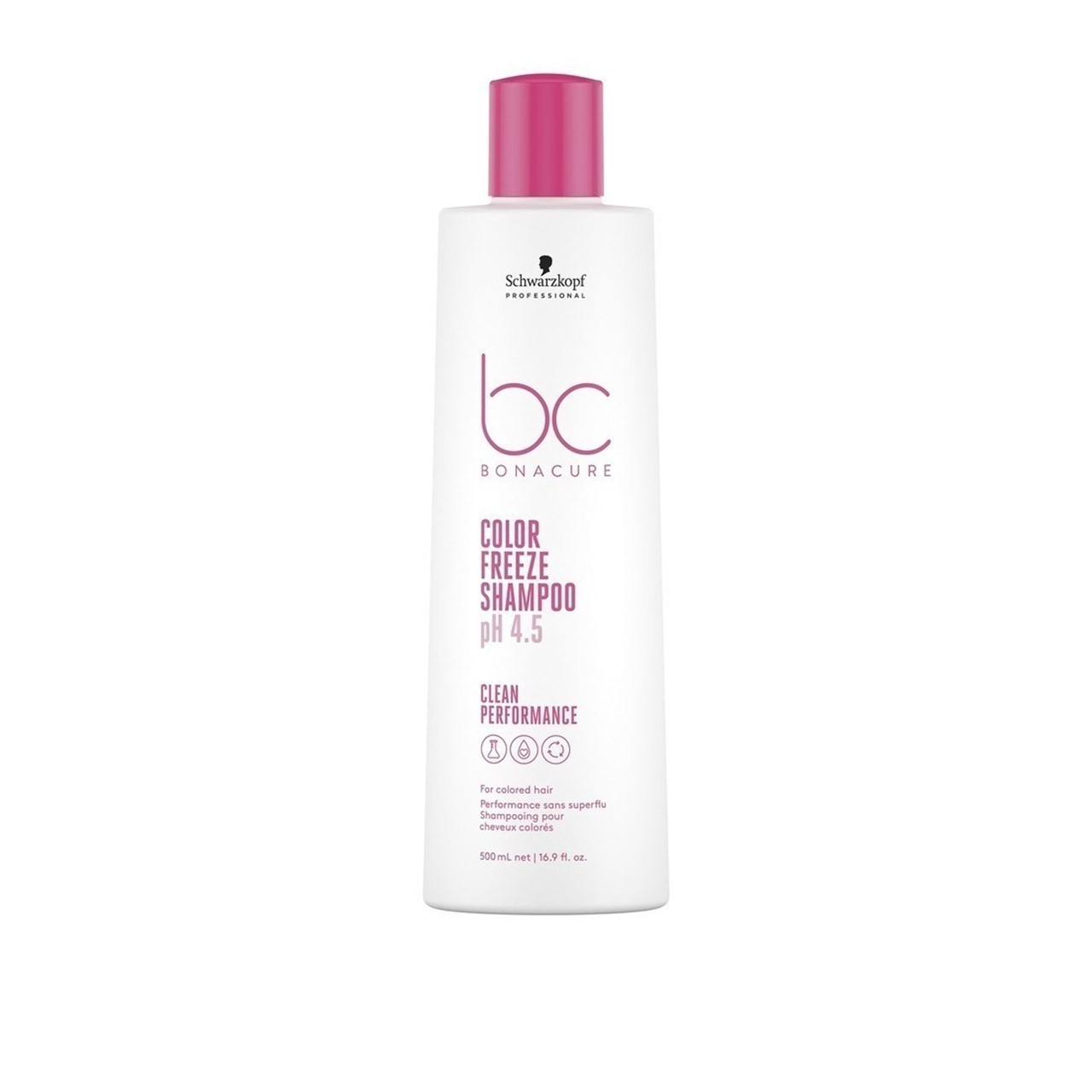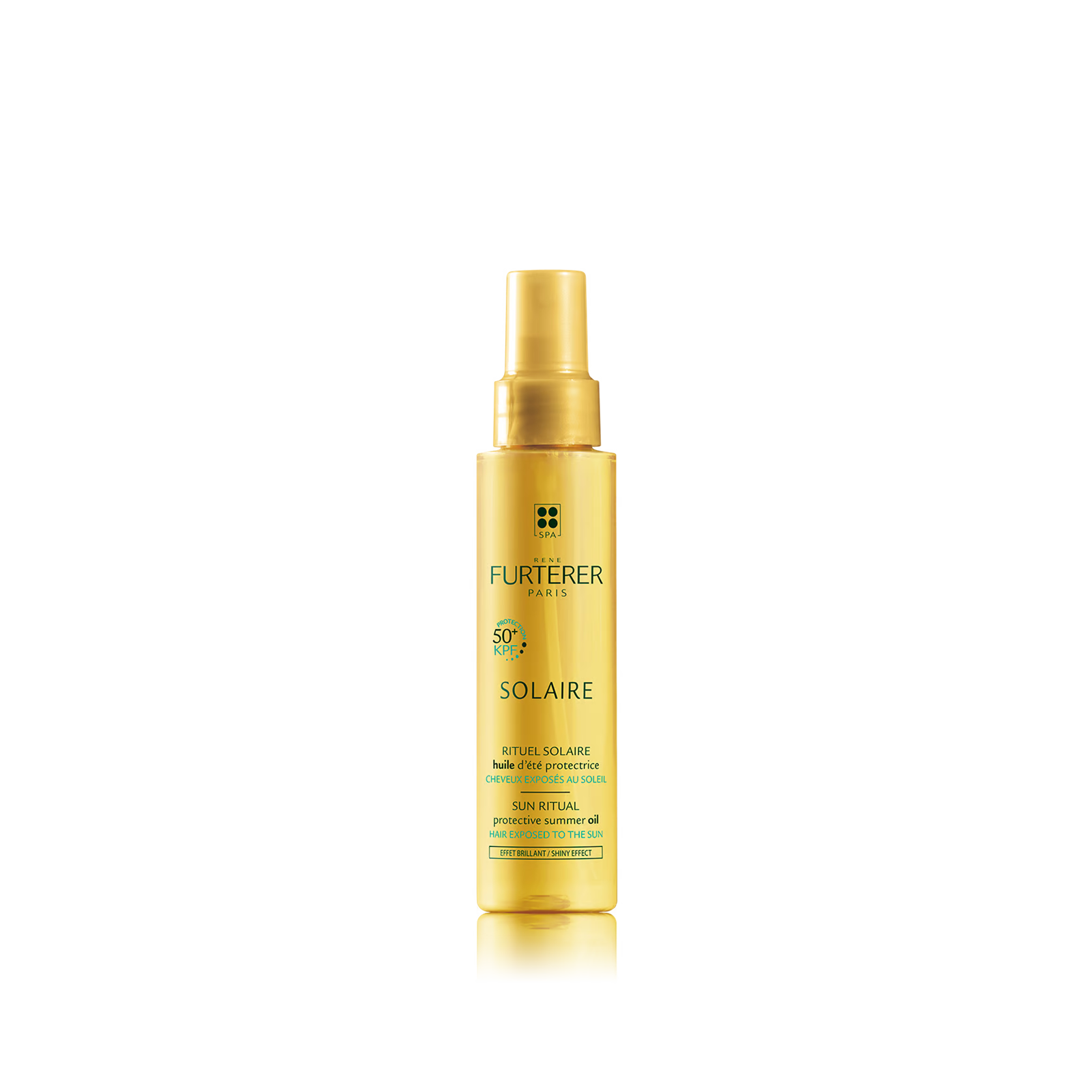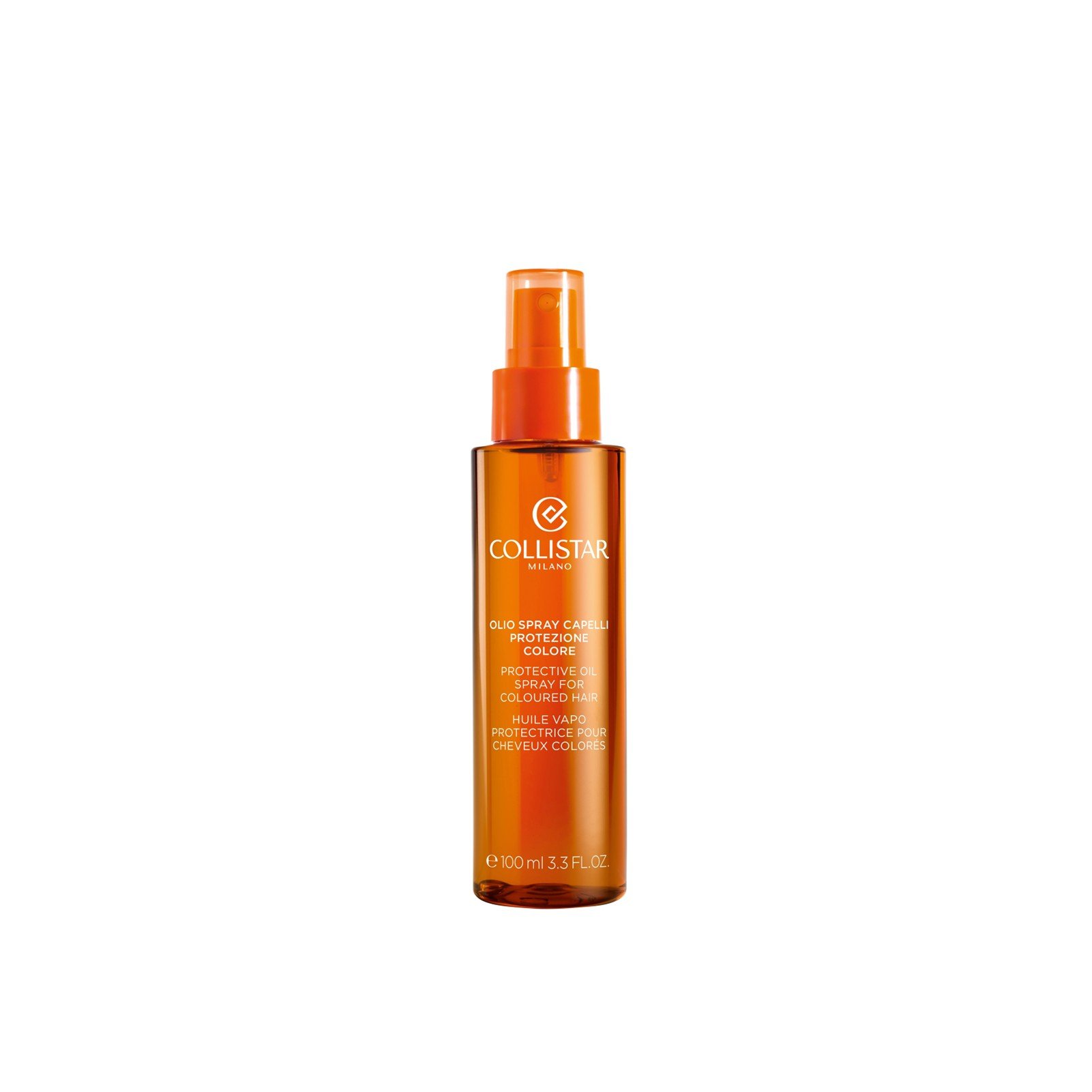
Why stick to just one hair color, when you can change it up to your heart’s content? These days, there are plenty of hair coloring options around, and they’re not as damaging as they used to be. As a result, there are more and more people taking the plunge into hair dyeing, and more and more people panicking right afterwards–because how do you even maintain a new hair color? What if it starts fading? How long should you wait to color your hair again?
Take it from someone who’s done this a handful of times: it’s not as complicated as it looks. With these tips, you’ll find it easy to keep your hair color looking vibrant (and true to your original choice) for longer:
1. Wash your hair less often
Meet the number one enemy of color-treated hair: water. Whenever you expose your hair to water, you are lifting up the cuticles (those little overlapping scales that form the surface of your hair) and allowing dye molecules to escape. Add a little shampoo to the mix, and you’ll be amazed at how quickly your hair color can fade. In short: the more you wash your hair, the faster you’ll wash away your hair color.
So, how do you go about reducing your hair washes? Our number one tip is to start using dry shampoo like your life depends on it. Roots looking a little tired? Dry shampoo. Lengths looking a little lanky? Dry shampoo.
You’ll have to wash your hair, eventually, though. When you do, try to keep your shampoo close to your roots–there’s no need to scrub your lengths and ends as vigorously as you do your roots! You can also try shampooing less often. If you tend to shampoo your hair twice every time you shower, try doing it just one time, and see how your hair behaves!
2. Use a shampoo for color-treated hair
So, here’s what we’ve learned so far: water spells trouble for color-treated hair, and so does shampoo. One way you can minimize the impact of shampoo on your hair is to pick up a shampoo specifically designed for color-treated hair.
These shampoos tend to be pretty gentle on the hair, but that’s not their only benefit! Indeed, many “color-safe” shampoos are also deeply repairing, in order to help your hair recover from the damage sustained during the coloring process.
3. Use a hair toner
Hair toning products may not be immediately familiar, but you may have heard of a couple of popular ones: like purple shampoos! Those with blonde, white, or grey hair have long known the importance of toning products. As time goes by, hair colors tend to fade or shift, and bright, cool colors are particularly vulnerable to this: that’s when those dreaded yellow or orange tones start to come in.
These days, you can correct this at home using simple toning products: there are color-depositing shampoos, conditioners, and even masks. Formulated with a little bit of pigment (but not so much that they behave like hair dyes), these products help you correct undesired tones and bring your hair color back to its original state.
All it takes is a little knowledge of the color wheel: want to correct yellow tones? Try a purple toner. Need to get rid of some orange reflects? Go with blue. Is your dark hair looking a little red in the sun? Green is your color.
4. Touch up your roots at home
We’ve been talking washing and shampooing and trying to keep your hair color from fading, but let’s be real: at some point, in-between salon appointments, you’re going to have visible roots.
This is an age-old problem for people with dyed hair, but there are plenty of products you can use for a root touch-up at home.
5. Wash your hair with cold or lukewarm water
And we’re back to hair washing etiquette. Washing your hair with hot water can cause a variety of issues: it can dry out your scalp and make it feel itchy and irritated, it can mess with your hair texture, it can strip your strands of much-needed moisture… the list goes on.
Washing your hair with cold water, while unpleasant, can help you avoid many of these issues. What’s more, washing with cold water helps close the hair cuticles after you’ve done washing. Remember, open cuticles make it easier for your hair color to fade–so anything that helps you keep them closed is a win-win for your color-treated hair.
6. Avoid heat styling tools
What does styling have to do with my hair color, you may ask. Quite a bit! It helps to imagine your hair strands as semi-sealed tubes that contain, among other things, pigments. Permanent hair dye opens up these “tubes” and places new pigments inside; after the coloring process, it’s your job to keep them closed so these pigments don’t escape.
That includes keeping your hair as healthy as possible, since (you guessed it) heat is one of the things that can damage the outer layer of the hair strand and make it more porous. Because porous hair has a hard time holding on to pigments, keeping it looking vibrant can be a real challenge–like trying to fill up a glass with a hole at the bottom.
So, how do you avoid damage? Start by avoiding heat styling. Air dry your hair as often as possible. Use your blow dryer and flat iron on the lowest possible setting. Finally, use a heat protectant!
7. Stay out of the sun
You know sun exposure has real consequences on your skin; but did you know sunlight can also wreak havoc on your hair? While the consequences of sun exposure on the skin and hair are pretty different, one thing is for sure: sunlight can alter your hair color, and this is true for both natural and dyed hair colors. When exposed to sunlight, hair tends to grow lighter. Undertones can also shift and grow warmer–not necessarily a bad thing, but pretty annoying for those cool blondes we mentioned earlier.
If you want to avoid this color bleaching and shifting, it’s time to come up with a sun protection plan for your hair. Hats and scarves work well, as well as the good old-fashioned “staying in the shade”, but you can also look into hair sunscreen solutions. Nowadays, there are plenty of options on the market, and they’re actually very pleasant to use!
8. Use hair masks to keep your hair hydrated and nourished
We’ve mentioned that avoiding damage is one of the best ways to keep your hair color looking its best. However, some types of damage are pretty much unavoidable. Indeed, if you’ve got color-treated hair, you’ve already sustained quite a bit of damage. In order to keep your hair healthy and able to hold on to the hair color you love, it’s important to keep it hydrated and nourished.
Hair masks can help you achieve this: choose a hair mask for damaged hair, or a hair mask designed for color-treated hair, and come up with a simple hair masking routine you can keep up with. You don’t have to go overboard: using a hair mask once or twice a week can make a world of difference!
9. Avoid swimming
And now for a couple more things you may want to avoid: chlorine and salt water, aka pools and the ocean. Now, we’re not going to tell you to avoid swimming just so you can maintain your hair color; what we’re going to do is suggest a couple of precautions.
To protect your hair from chlorine while in the pool, consider wearing a swim cap. Another thing you can do is pre-soak your hair before going in the pool; this way, your hair strands absorb that water instead of absorbing the pool water (and all the chlorine in it). It’s also important that you rinse your hair thoroughly after swimming. The same tips hold up for saltwater.
If you’re not particularly into these tips, you can try a product-based solution instead. Use a protective spray before your dip in the pool or ocean, as this will help shield your hair against some of the damage:
10. Avoid clarifying shampoos
Finally, let’s wrap this up with an important tip: avoid clarifying shampoos whenever possible. Clarifying shampoos provide your hair with an in-depth cleanse; they’re pretty useful to remove product build-up and excess sebum on oily scalps, but they may be at odds with your goal of preserving your color-treated hair.
Over-cleansing is the last thing you need when trying to make your hair color last longer. If you really can’t live without a clarifying shampoo, try using it as rarely as possible.
There you go: we’ve shared our ten best tips to help you maintain your hair color. Now it’s your turn to pick and choose your favorites and come up with a hair care routine that works for you.
Whatever you choose, one thing’s for sure: you’re probably going to be dyeing your hair again, so you’ll get plenty of opportunities to figure out what works. Enjoy your hair coloring journey!
Beauty Writer & Editor


 Schwarzkopf BC pH 4.5 Color Freeze Shampoo
Schwarzkopf BC pH 4.5 Color Freeze Shampoo
 L’Oréal Paris Magic Retouch Dark Brown Root Touch Up
L’Oréal Paris Magic Retouch Dark Brown Root Touch Up
 René Furterer Solaire Protective Summer Oil
René Furterer Solaire Protective Summer Oil
 Collistar Protective Oil Spray for Coloured Hair
Collistar Protective Oil Spray for Coloured Hair
